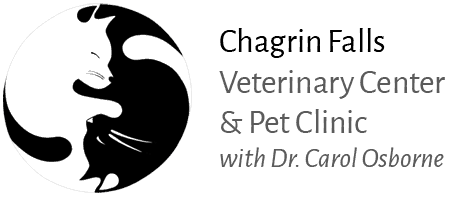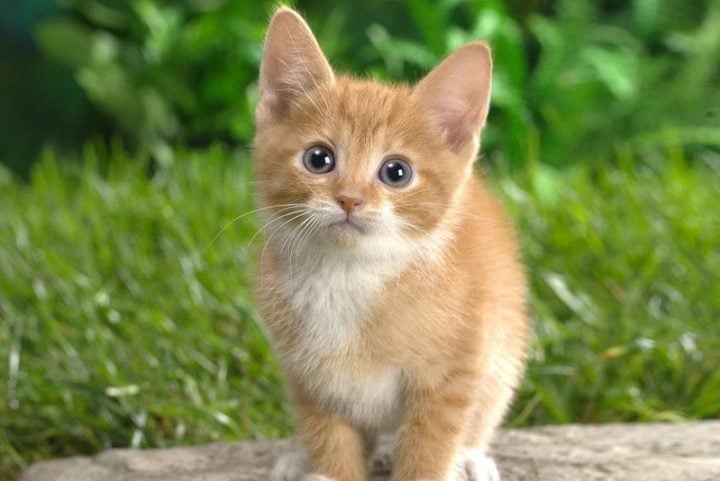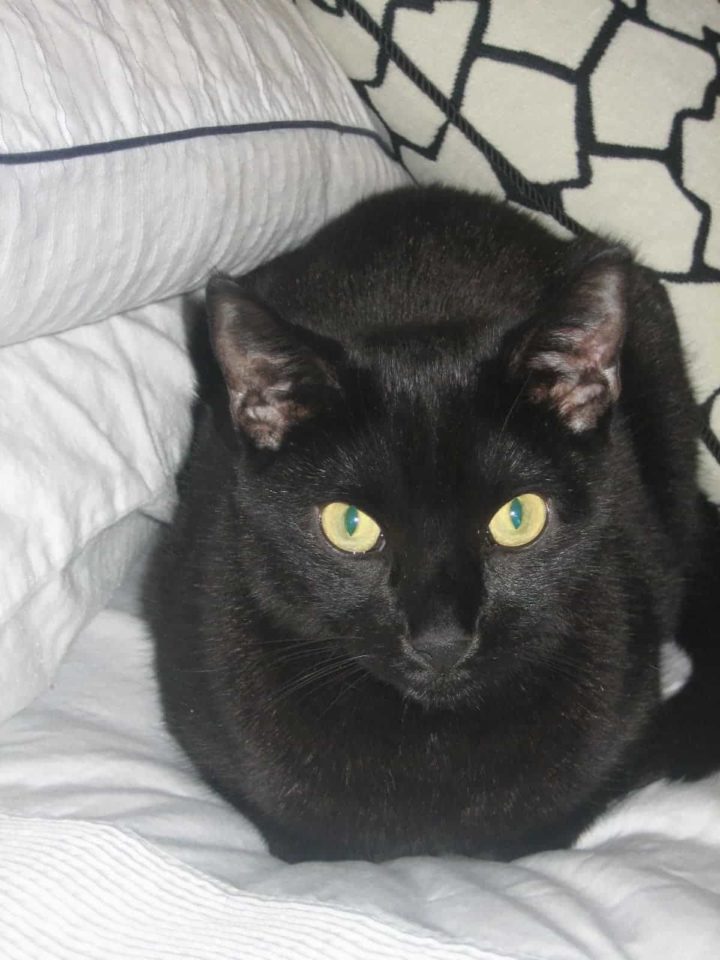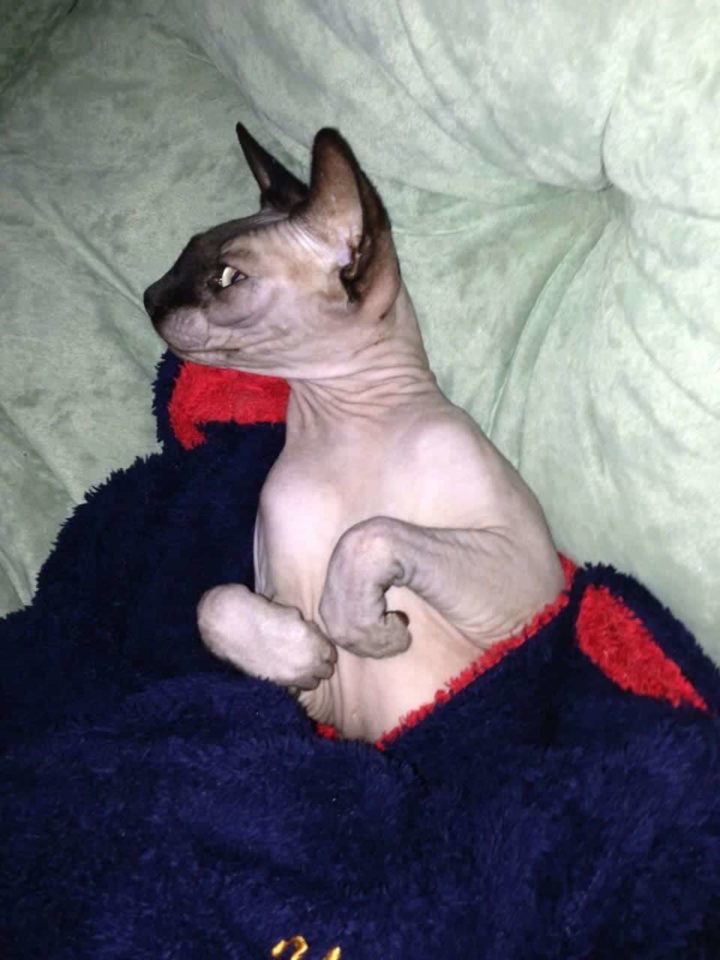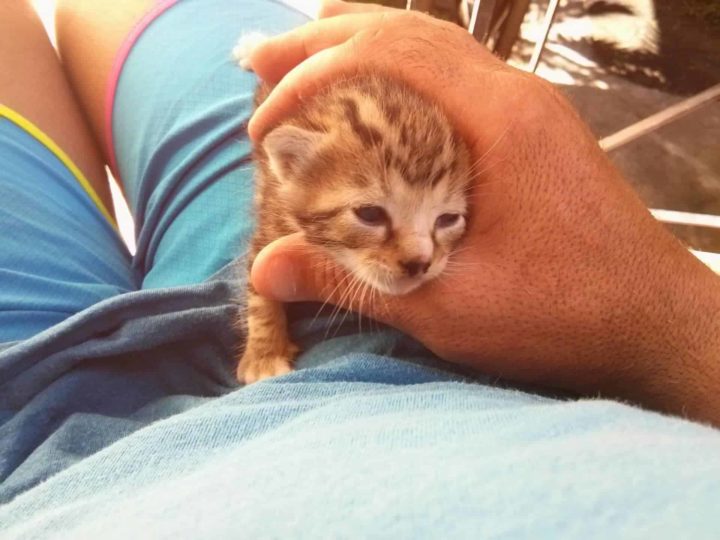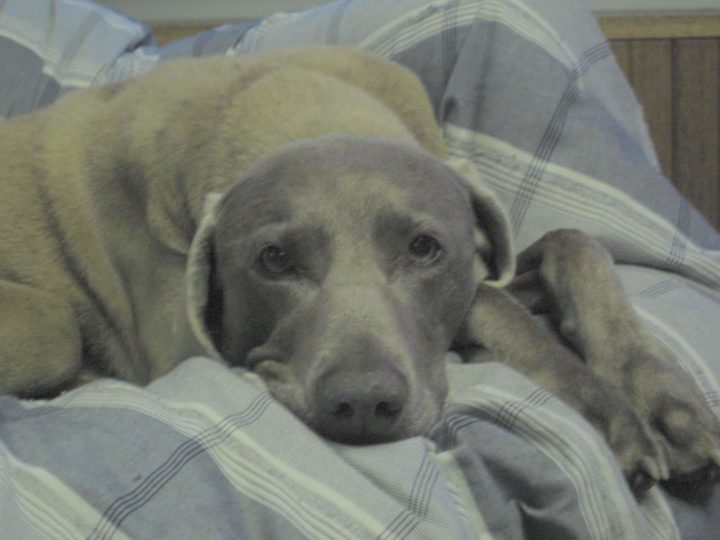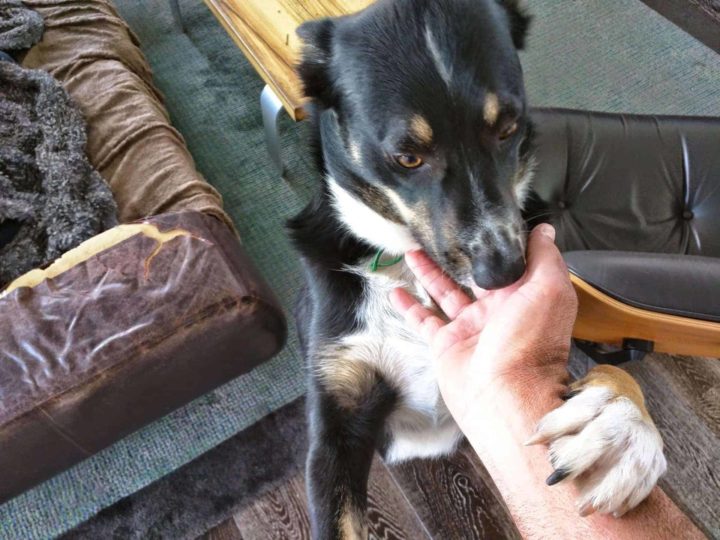Feline Dental Hygiene
Disease of the oral cavity is the most common health problem treated in small animal clinics today. 85 percent of all cats and dogs over two years old have periodontal disease. Left untreated, this is now known to be a leading cause of heart disease in pets and in people. Bacterial from the mouth are…
